Description
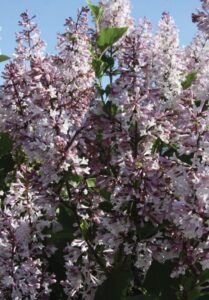 Violet Uprising™ Lilac
Violet Uprising™ Lilac
Syringa patula ‘JN Upright Select’ PPAF
Description & Overview
Violet Uprising™ Lilac is a new introduction (2020) selected for its upright habit and heavy flowering habit. Typically, taller than broad, this selection is an exceptional choice for hedging in a sunny location. At 9 years old, the original plant was 6 feet tall by 5 feet wide with minimal shearing. The intoxicatingly fragrant violet flowers are lighter in color than Miss Kim Lilac and larger, averaging 12 inches long and 6 inches across. Selected by Michael Yanny, this plant is sure to be a hit.
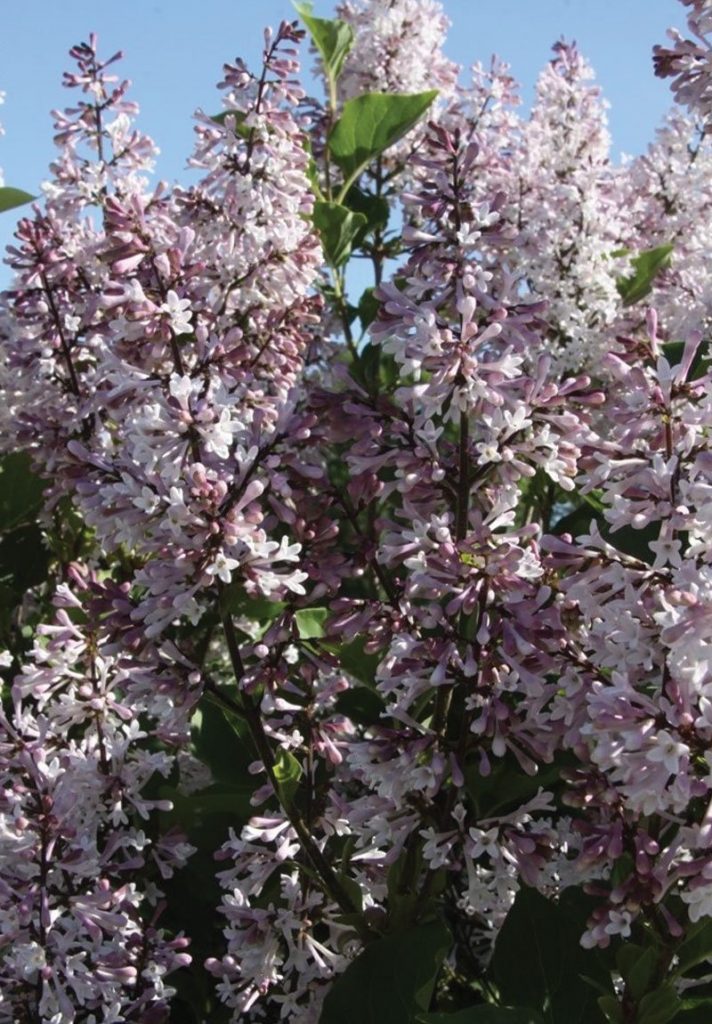
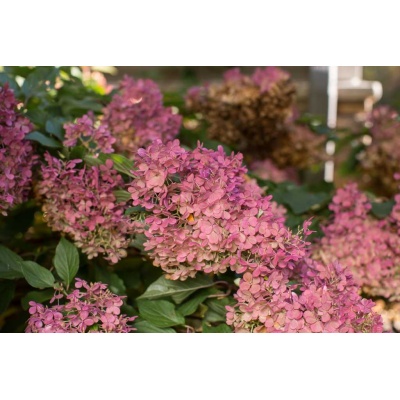
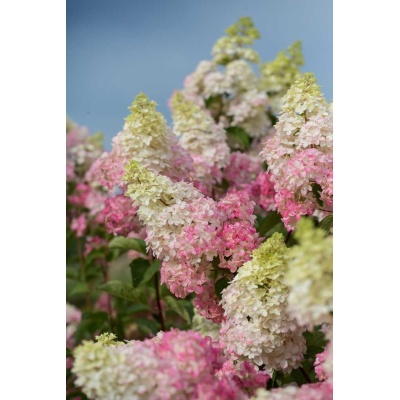
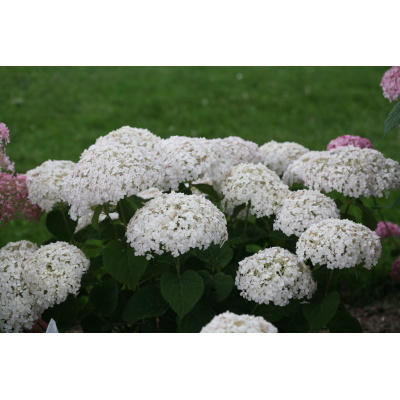
Reviews
There are no reviews yet.